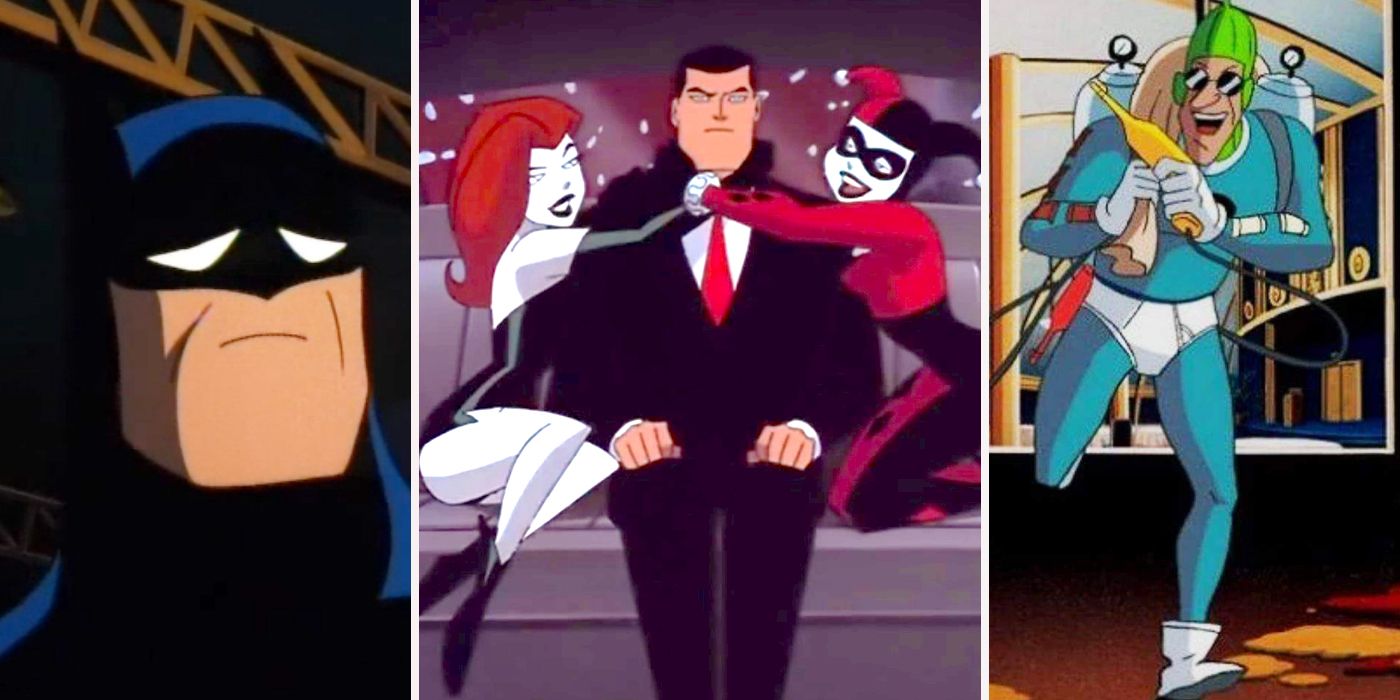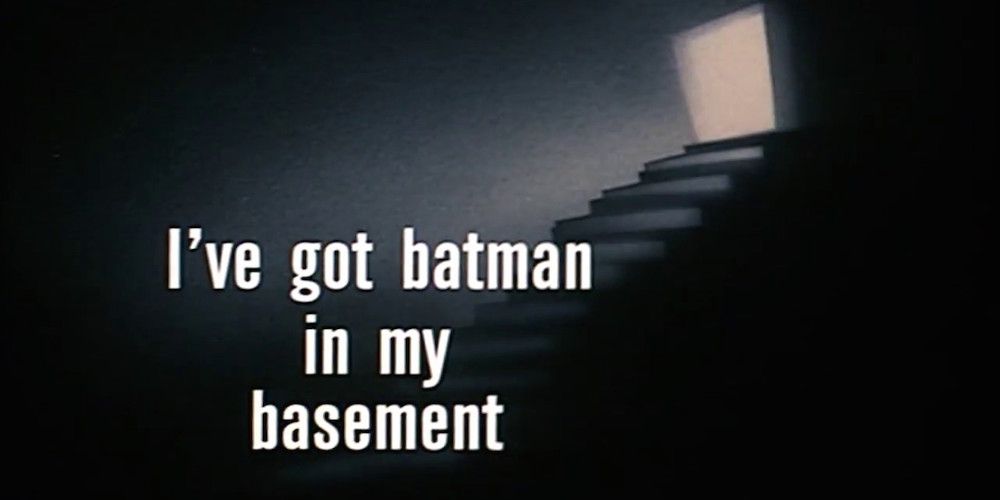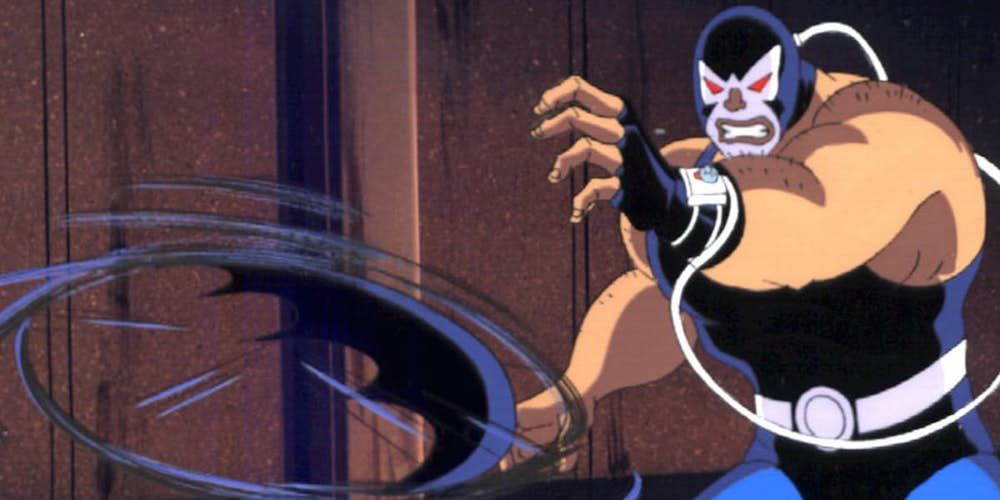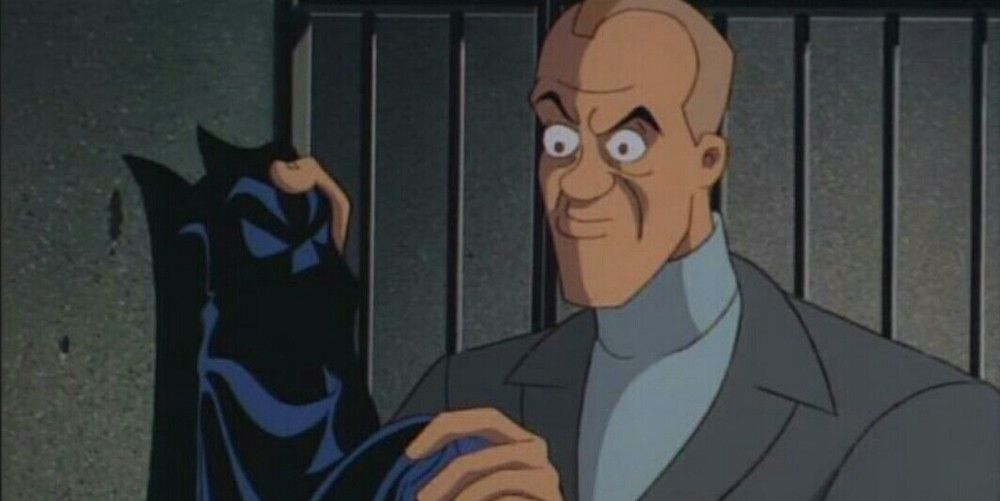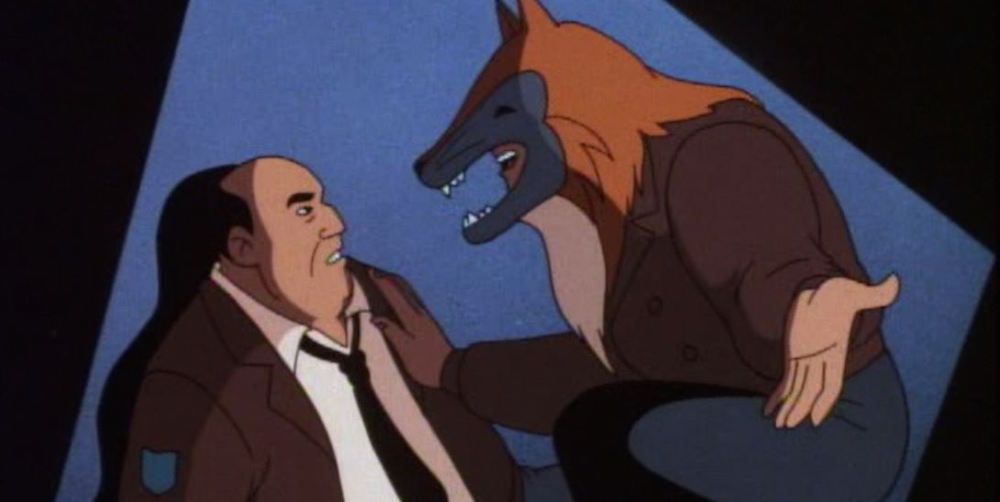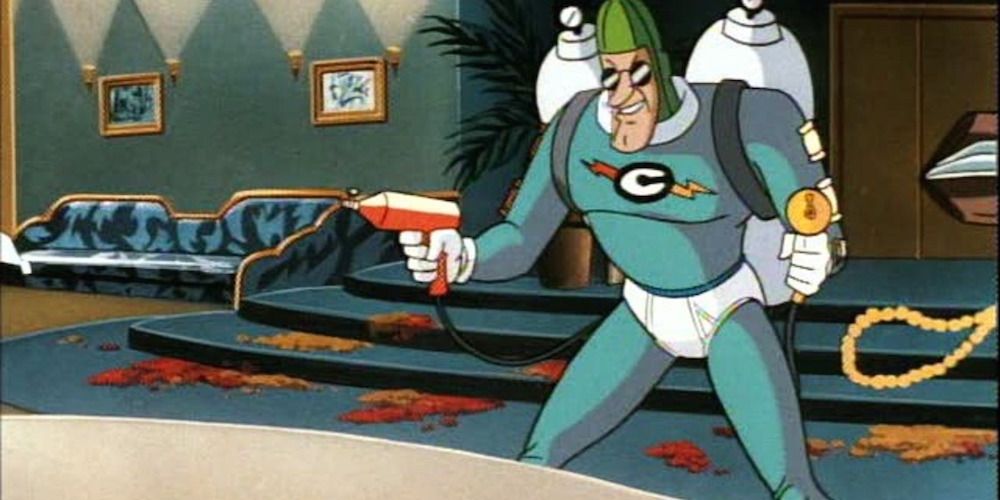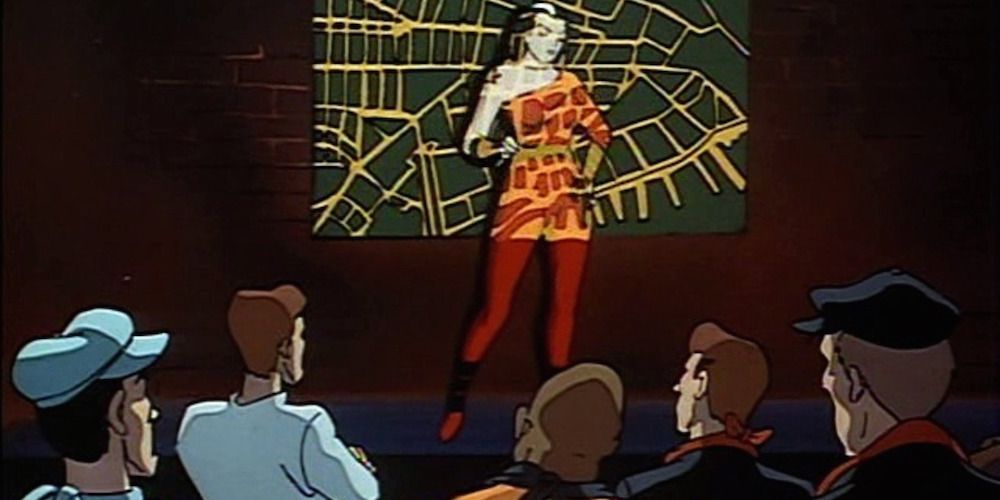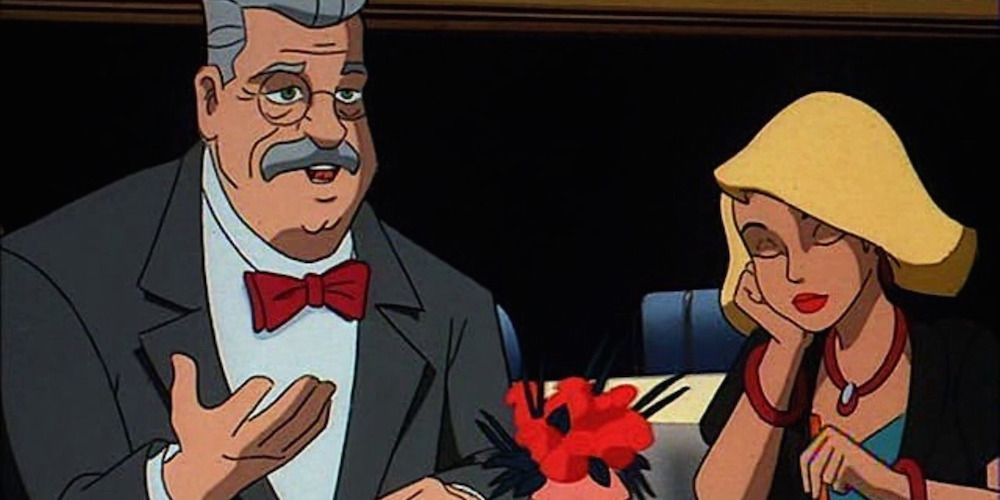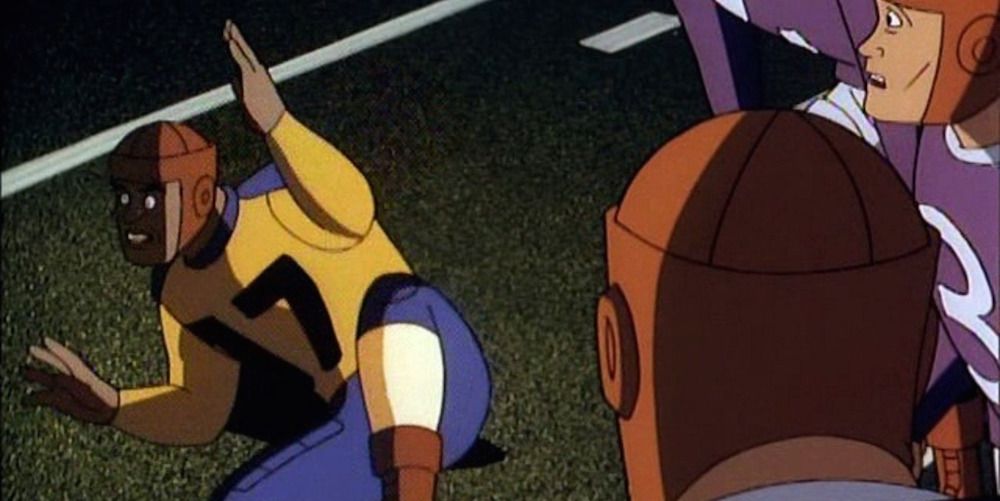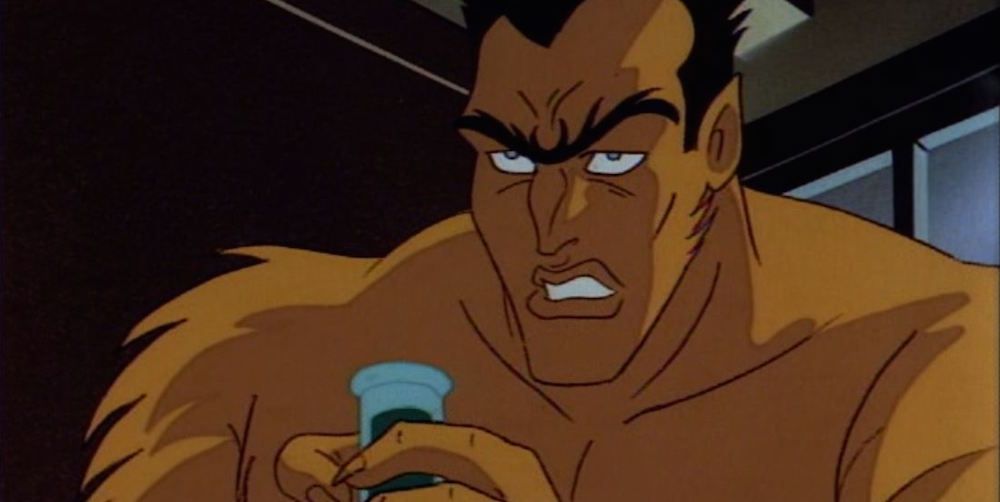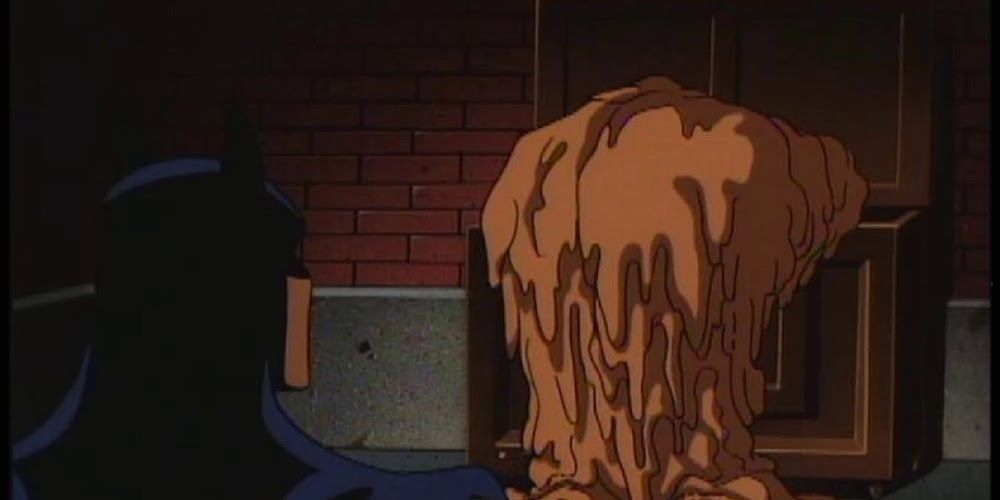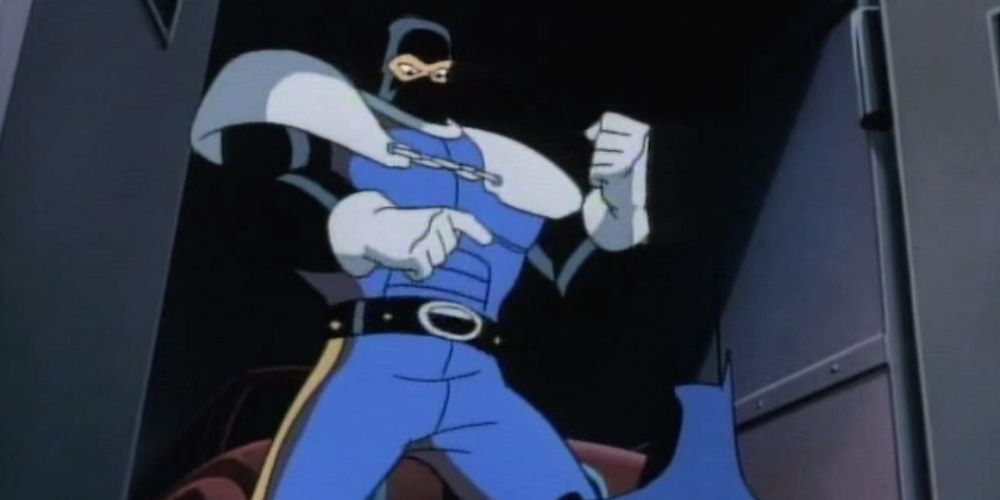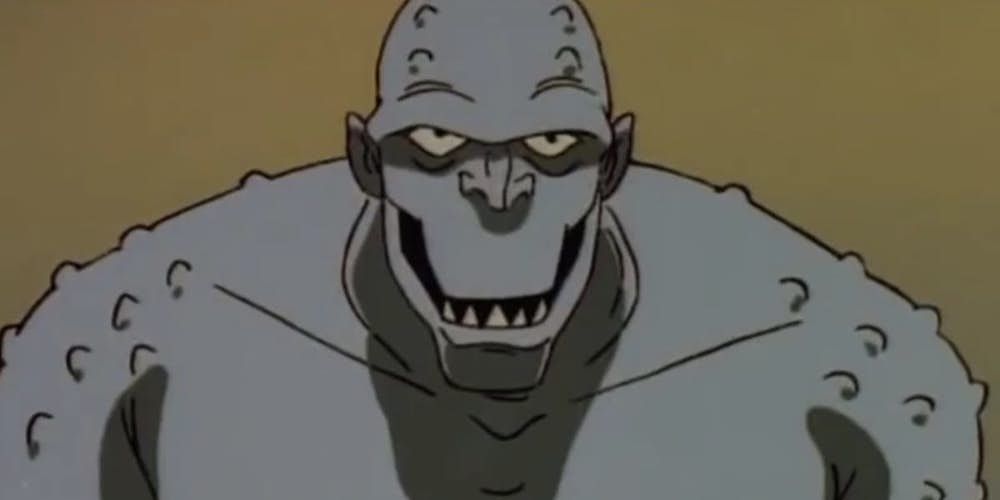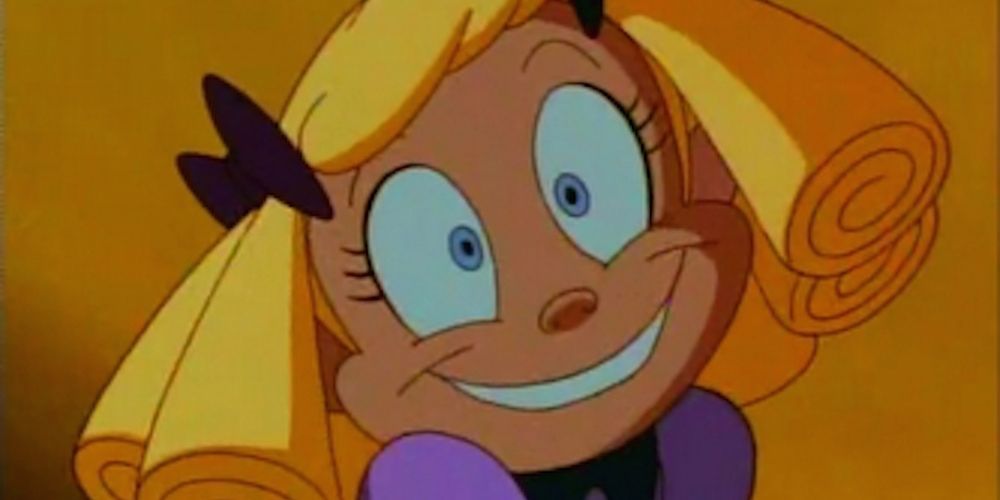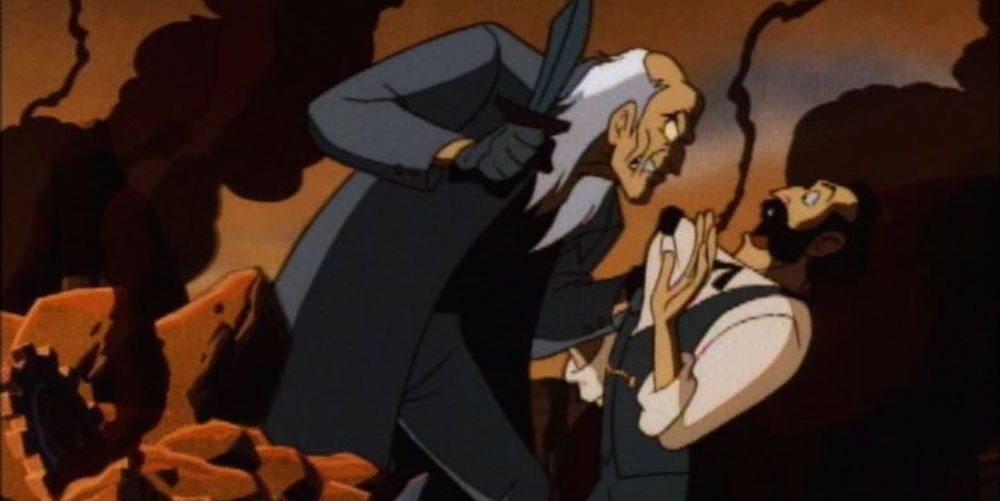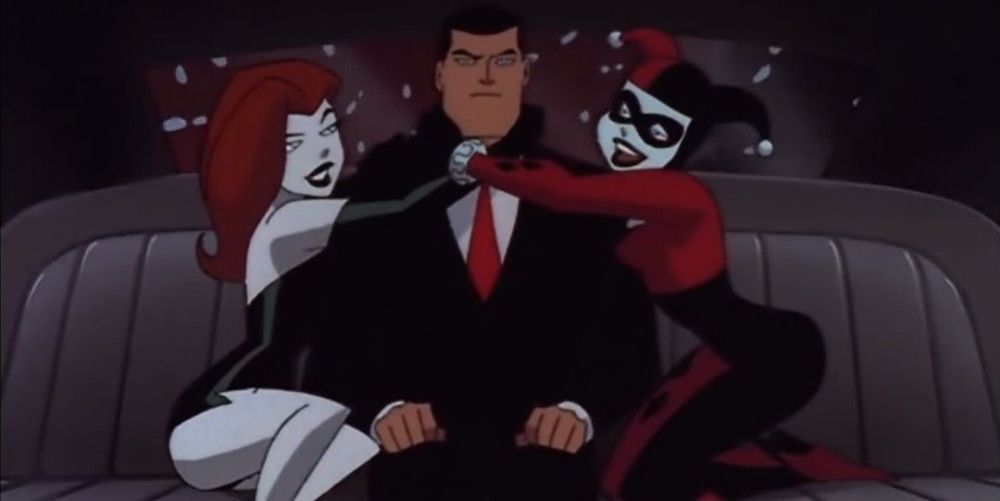The best superhero cartoon of all time is Batman: The Animated Series. Sure, other comic book shows have been great. None have reached the same level of quality as the dark knight. The show had a unique visual style and some of the best writing on a children's cartoon ever. It may have been meant for kids, but that doesn't mean it doesn't hold up for adults. While the show had to tone down the violence for its audience, it never shied away from dealing with actual drama. Batman wasn't fighting villains with silly schemes, he was saving Gotham City from genuinely damaged people. Eventually, the show was rebooted to fit in line with other DC animated series, and there was a noticeable drop in quality.
Nothing will ever top the initial run of episodes. That being said, it wasn't perfect. There were definitely some bad episodes, and not every choice the producers made was correct. The show often swung for the fences. When it hit, it was huge. But when it missed, it missed hard. The show set such a high standard for storytelling and characters that fans couldn't accept a subpar episode or villain. Here are 15 times Batman The Animated Series got it totally wrong.
15 I'VE GOT BATMAN IN MY BASEMENT
One of the best parts of Batman: The Animated Series was how seriously it took the characters. The villains were treated like real human beings, and the heroes dealt with legitimate drama and danger. That's what makes the first season episode "I've Got Batman in my Basement" so upsetting. After Batman is poisoned by the Penguin, he ends up being taken in by some kids in Gotham's suburbs.
It could have been an interesting concept, but the episode is too interested in the children and their junior detective agency. The episode isn't scary enough to be effective, and the humor just falls flat on its face. It seemed like the show was trying to do its own take on a typical children's show plot. Instead, it just comes across as a typical children's show, which is what Batman was trying to rise above.
14 BANE
In the '90s, the most exciting addition to Batman's rogues gallery was Bane. First appearing in Batman: Vengeance of Bane (1991) by Chuck Dixon and Graham Nolan, he burst onto the scene and did the unthinkable: broke the bat. He was huge, and fans began wondering if he would appear in The Animated Series. The show tended to focus on classic villains, but Bane was too popular to just ignore.
He finally appeared in the third season episode "Bane." The animated version was a fairly faithful adaptation of the character. He was a hired gun who grew up in a Cuban prison and gained super strength from a compound known as Venom. The only problem? They changed his mask. They added a mouth hole, which ruined it. Instead of looking terrifying, he looked like a clown. That's never a good change.
13 THE CAPE AND COWL CONSPIRACY
Batman has some of the most recognizable villains. One of the best things that The Animated Series did was take some of the sillier baddies and make them formidable threats. The series' best achievement is probably turning Mr Freeze into a tragic yet threatening villain. That's what makes Josiah Wormwood, from the episode "The Cape and Cowl Conspiracy" so inexcusable.
Wormwood is basically a Riddler rip-off, who leaves rhyming clues to lure his victims into traps. He's hired by a crime boss to bring him Batman's cape and cowl. Wormwood actually succeeds, only to find out that the crime boss was Batman in disguise, who dons the cape and cowl and captures Wormwood. There's a subplot about stolen bonds that's supposed to explain why Batman couldn't just capture Wormwood without an elaborate ruse. Still, the result is one of the cheesiest twist endings in the show's entire run.
12 THE TERRIBLE TRIO
In what is reportedly the worst episode of the series, according to Bruce Timm, Batman faces off against the Terrible Trio. In the cartoon continuity, the trio is a group of three wealthy young men who seem to only be motivated to commit crime because they're bored. Wearing animal masks, they steal from other wealthy families.
The biggest problem with this episode is that the Trio is presented as an actual threat. Batman has taken on trained ninjas, assassins and actual monsters. He should be able to wipe the floor with some bored brats. There's nothing wrong with using goofy villains, but there's no excuse for the Trio breaking Robin's arm. There's nothing likable about the Terrible Trio, and this episode takes them way too seriously for the concept to work.
11 MAKE 'EM LAUGH
The version of the Joker that appeared in this show, portrayed by Mark Hamill, might be the definitive version. He perfectly balanced the humor of the character while also being threatening. This allowed the writers to use the Joker in both serious and silly stories. "Make 'Em Laugh" was clearly meant to be funny, and it does have some funny moments.
The Joker begins brainwashing successful comedians, turning them into purposely lame villains. There's Condiment King, the garbage loving Pack Rat and Mighty Mom. The problem is Joker's motivation: he's upset that he was kicked out of a comedy competition for not signing up in time. The worst part? The competition is an annual one. He could've just waited a year and tried again. This episode does have some funny moments, but it ultimately does more harm than good.
10 ANYTHING INVOLVING RED CLAW
Aside from drawing from the comics' huge roster of characters, Batman: The Animated Series also introduced several new characters of its own. Some, like Harley Quinn, were huge hits. Unfortunately, there were some duds. Introduced in "The Cat and the Claw," Red Claw was the leader of a terrorist organization. She planned on using a plague to hold Gotham City ransom, but her scheme is ultimately revealed to be a rouse. Batman and Catwoman defeat her before she can bore them to death.
The problem with Red Claw is that she's boring. Batman's best villains are great combinations of personality and gimmick. Red Claw is just a generic Eastern European terrorist, who's evil just because she's evil. She's a good fighter and tactician, but there's nothing that makes her stand out. She thinks that she's great, but no one else seems to agree.
9 PROPHECY OF DOOM
Batman is the world's greatest detective. To be honest, uncovering a fortune telling scheme should be beneath him. Yet, that's exactly what happens in "Prophecy of Doom." When a man named Nostromos starts predicting disasters, Gotham's elite start donating mountains of money to him. Batman figures out that Nostromos is actually causing the accidents he predicts and reveals the scam, ruining Nostromos' career and sending him to jail.
Apparently, Gotham's elite are pretty dumb. Nostromos would predict a boat accident, and then a bomb would go off on boat. Seriously, only Batman can figure that out? No one else looked at that and thought it was kind of fishy? Nostromos is clearly causing these accidents to occur. He was basically announcing his crimes to the world, and then people were somehow dumb enough to believe he could see the future.
8 FEAR OF VICTORY
Even Batman's greatest villains couldn't escape the occasional dud. When some of Gotham's greatest athletes start having fear induced panic attacks in "Fear of Victory," Batman uncovers an overly complicated plan. Basically, the Scarecrow adjusted his fear toxin to be activated by adrenaline and started poisoning the athletes. He then bet against them, and started raking in the winnings.
Where this episode falls short is how dumb it treats Batman. He's encountered the Scarecrow before. If weird, fear based events start occurring in Gotham City, it's safe to assume who's behind it. There's no need to investigate. In terms of the Scarecrow's plan, sports betting is too complicated. How did nobody figure out that the guy making and winning all of those longshot bets was cheating?
7 MOON OF THE WOLF
Batman fighting a werewolf should be awesome. In "Moon of the Wolf," Gotham finds itself besieged by a monster, and Batman sets out to solve the case. It turns out, Olympic athlete Anthony Romulus was turned into a lycanthrope after ingesting a steroid made from wolf dna. Dr Milo is the only person with cure, and is blackmailing Romulus to commit crimes for him.
First of all, there's no need for the blackmail subplot. Werewolves are already monsters, they don't need motivation. Second, there's a really dumb moment early in the episode. Batman encounters Romulus in wolf form, and then tells the police to be on the lookout for a mugger in a wolf mask. Really, Batman? You've fought literal monsters before, Gotham is full of them. A werewolf wouldn't even make the top 10 in terms of crazy stuff in Gotham.
6 MUDSLIDE
Sometimes, a good episode can still be a huge misstep. One of the series' most interesting villains was Clayface. After getting caught in a accident, actor Matt Hagen found himself horrifically scarred. He used an experimental formula to fix his face, but it turned him into the monstrous Clayface. Physically, he was more than a match for Batman, seeing as how he could just swallow the caped crusader into his monstrous body.
Clayface was the perfect villain for the show. He was an interesting looking monster with cool powers, and a tragic enough backstory to make fans feel bad for him. That's the problem with "Mudslide." Clayface seemingly dies at the end of his second appearance. He wouldn't return until the series was rebooted to the "New Batman Adventures." For fans of the original version of the show, Clayface was killed off way too soon.
5 LOCK-UP
In what could have been an interesting episode, The Animated Series attempted to ask a serious question about Batman: where should Batman draw the line? Where does the line between punishing criminals and torturing them exist? What would happen if someone went too far?
Lyle Bolton was the abusive head of security at Arkham, until he was fired. He then took up the identity of Lock-Up, and started "punishing" those he felt were responsible for crime in Gotham. Obviously, this list mainly consisted of those that had caused him to get fired. Unfortunately, the series couldn't decide how serious to take him. He's supposed to be abusive, but one of his supposedly out of line torture techniques was holding Scarface (a dummy) over a can of termites. Is threatening an inanimate object really crossing the line?
4 SIDESHOW
While being transported to prison by train, Killer Croc escapes from custody. Luckily, Batman was on the train, because he's prepared for anything. The two fight, and eventually end up in the forest. Croc comes across a farm that serves as a sanctuary for deformed people. Claiming to be a former member of a freak show, Croc joins the sanctuary. Initially planning on stealing the group's money, Croc decides he likes living on the farm and becomes part of the family.
Of course, Batman shows up and Croc immediately reverts to his evil ways, because who cares about character development? It's unclear what message the show was trying to convey here. Would Croc have lived peacefully had Batman not intervened? Also, Croc initially escapes the train by biting through his chains. How did nobody think of that? Why even transport him by train?
3 BABY DOLL
Batman's greatest villains typically have tragedy in their backstories. Mr Freeze just wants to save his wife. Poison Ivy loves nature. Harley Quinn fell in love with a madman. And Baby Doll is a washed up sitcom actress. Ok, so maybe some of them weren't so tragic. Actress Mary Louise Dahl was born with systemic hypoplasia, preventing her body from ever growing past that of a toddler's. She starred in "Love that Baby," but left the show when another young actor stole the spotlight from her.
Unfortunately, her career as a dramatic actress never took off, so she became a villain. Years after the show was cancelled, she kidnapped the cast in an attempt to bring her family back together. Fortunately, Batman was able to stop her, because she's basically a little girl and he's a grown man with ninja training and billions of dollars.
2 SHOWDOWN
Fans of Batman: The Animated Series tuned in week after week to see Batman. While there were plenty of great episodes that focused on other characters, Batman usually played a significant part in the story. That's what makes "Showdown" so disappointing. The storyline involves Batman being told a story from Ra's al Ghul's past, set during the days of the wild west. What follows is a decent episode starring Jonah Hex fighting Arkady Duvall, Ra's' son.
While the story is decent enough, it's completely out of place for Batman: The Animated Series. Jonah Hex fans might have loved it, but young Batman fans probably had no idea who the scarred cowboy was. It was always fun to see Batman team up with other DC characters, but this story completely sidelined the main star for the majority of its run time.
1 THE NEW BATMAN ADVENTURES REDESIGNS
One of the best parts of Batman: The Animated Series was the visual design. The show combined the architecture and style from the 1940s with the technology of the '90s. It stood out from other superhero cartoons. From the episode, it looked like a classic. Then came the reboot. In 1997, The New Batman Adventures premiered, along with a completely redesigned cast of characters.
Some characters, like the Joker and Harley Quinn, still looked like their original versions. Others, like Scarecrow or the Riddler, were completely overhauled. The redesign was meant to bring Batman in line with WB's Superman (1996). Instead of classic, the new designs were less detailed and more cartoony. The show went from a timeless look to something that didn't even fit in with the time period that it aired during.

